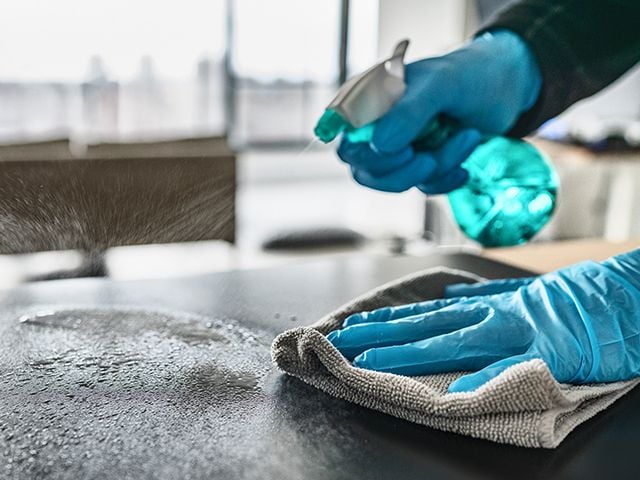
By Alex Formuzis, EWG Director of Communications
A comprehensive plan to reform the nation's primary law responsible for regulating the use of industrial chemicals is about to be introduced in Congress.
The question of which substances the federal government should target first was part of the discussion at a hearing before the US House Energy and Commerce Committee subcommittee on Commerce, Trade and Consumer Protection last week.
PBTs are bad, but they're hardly alone Committee members and witnesses focused their attention on a certain group of chemicals commonly called persistent and bioaccumulative toxic substances, or PBTs.
These are among the most notorious and dangerous chemicals ever put into commerce, which include DDT, polychlorinated biphenyls (PCBs), the Teflon chemicals perfluorooctanyl sulfonate (PFOS) and perfluoroctanoic acid (PFOA), brominated flame retardants, lead and mercury compounds and dioxins.
But PBTs are just some of the 83,000 chemicals used as ingredients in virtually everything available for purchase. Other notable contaminants the public is exposed to in mass include the plastics chemical bisphenol A (BPA), the rocket fuel component perchlorate and phthalates; a chemical with such a wide reach it's used in everything from food wrappers, makeup, toys, cleaning products and upholstery.
Why is in utero exposure so very important? How on earth is the Environmental Protection Agency (EPA) supposed to decide which chemicals it should review first to decide if they pose a risk to people?
Here's a thought: EPA should start where human contamination begins. In utero.
We now know chemicals cross the placenta and become a collection of additives in the blood that pumps through the rapidly developing fetus at the precise time the brain and nervous systems are beginning to build. EWG has documented in utero chemical contamination through a series of lab tests that found hundreds of industrial pollutants, including but not limited to PBTs in the blood of babies in the womb.
Cord blood contamination should be the guiding principle for the EPA when it establishes a list of chemicals that will come under scrutiny first. If a synthetic chemical, PBT or otherwise, turns up in babies it must be thoroughly examined for potential risks to human health. If it fails to stand up to a rigorous scientific prosecution then it should be banned. Read EWG's letter to the US Representative Bobby Rush Please read the written comments my colleagues Richard Wiles and Jane Houlihan provided to the Chairman of the House subcommittee, Representive Bobby L. Rush.



